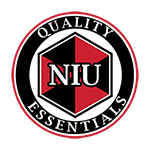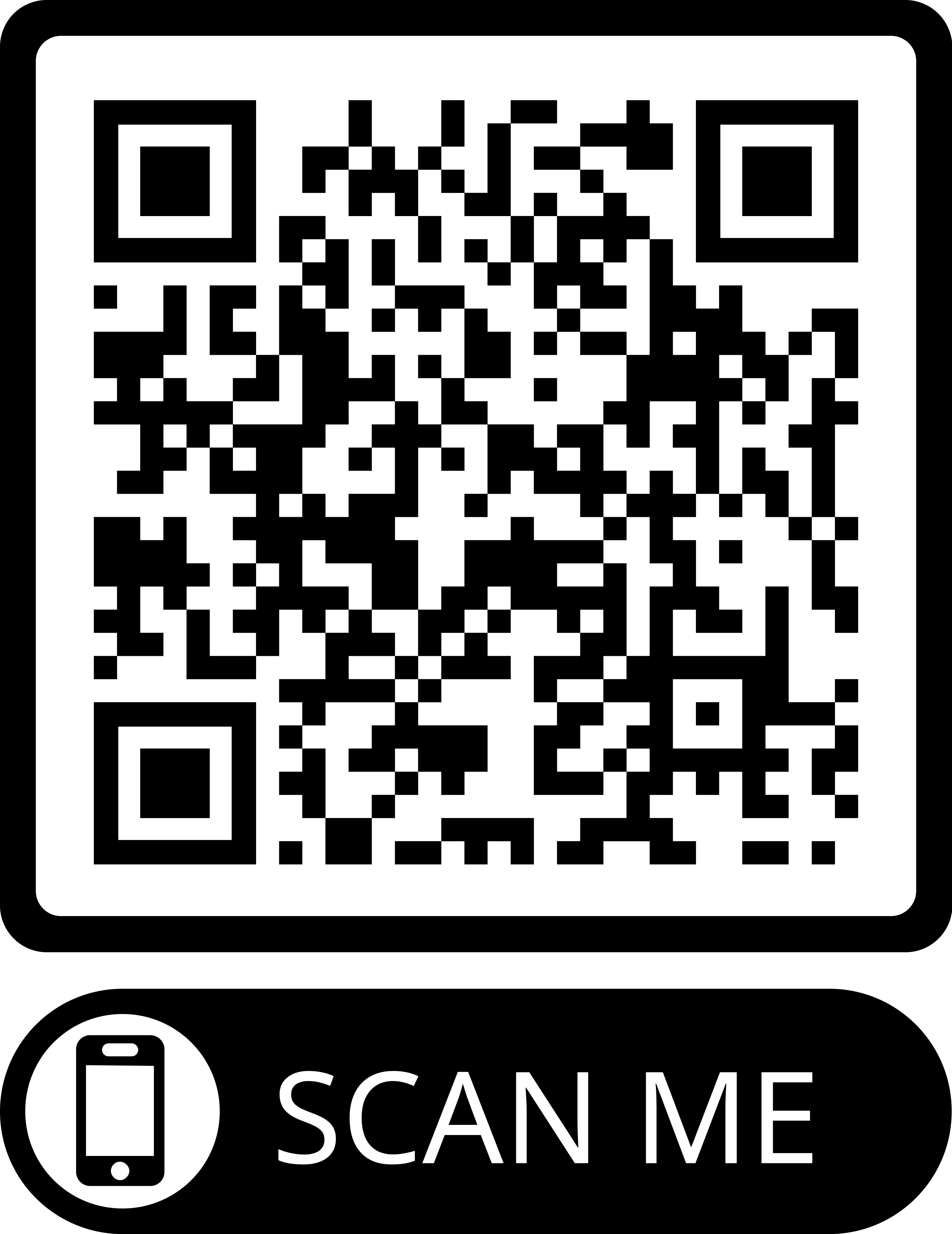- Center for Innovative Teaching and Learning
- Online Learning Services
- Standards and Principles
- Online Course Essentials
Quality Essentials Design Standards for NIU Online Courses
 These research-based standards are used to design online and hybrid courses and assess online course quality at Northern Illinois University. All new and redeveloped courses are expected to meet Quality Essentials Standards and are strongly encouraged to meet exemplary standards. We support and partner with faculty to ensure standards are met. Courses that meet all noted essential standards are recognized as NIU Quality Essentials courses.
These research-based standards are used to design online and hybrid courses and assess online course quality at Northern Illinois University. All new and redeveloped courses are expected to meet Quality Essentials Standards and are strongly encouraged to meet exemplary standards. We support and partner with faculty to ensure standards are met. Courses that meet all noted essential standards are recognized as NIU Quality Essentials courses.
The course introduction provides learners with a clear understanding of the course structure and what to expect.
 Essential
Essential
- Instructor provides a personal introduction to the course.
- Course includes an orientation module, video, or guide to navigating the course.
- Course includes an introductory discussion or guidelines for learner interactions.
- Course lists office hours, response times, or other similar communications.
- Course includes a course schedule or due dates for all assignments and activities.
- Course includes a forum for questions about the course.
Learners are provided with essential information on policies, technical resources, and institutional services to help them succeed.
 Essential
Essential
- Course provides clear information about course and institutional policies for learner compliance.
- Course provides an accessibility statement and steps to request accommodations.
- Course provides technical support resources and help for common technical issues.
- Course includes information about relevant learner support and other services.
- Learner data is protected in accordance with applicable privacy laws and institutional policies.
The specific, measurable, and learner-centered objectives define what students will be able to do upon completing the course.
 Essential
Essential
- Course-level learning objectives and/or outcomes are specific, measurable, and clearly defined.
 Exemplary
Exemplary
- Module-level (or unit-level) learning objectives and/or outcomes are specific, measurable, and clearly defined.
- Course learning objectives and/or outcomes use learner-centered language.
- Assessments, activities, and instructional content are aligned and mapped to support specific learning objectives.
The course's grading policies, assessments, and feedback mechanisms are clear and transparent, and designed to effectively measure student learning while promoting continuous improvement.
 Essential
Essential
- Course defines grading policies, academic integrity expectations, and late policies.
- Course site provides an organized gradebook that includes all assessments.
- Course includes rubrics or descriptive criteria for all assignments and assessments.
- Instructor provides specific and targeted feedback on assignments.
 Exemplary
Exemplary
- Instructor provides feedback and grades on assessments in a timely manner.
- Course includes assessments with practical, real-word applications.
- Course provides a scaffolded approach for summative assessments.
- Course includes model deliverables for summative assessments.
- Course workload is balanced and appropriate for the discipline and course level.
The instructional materials and content are accessible, accurate, and directly support the learning objectives.
 Essential
Essential
- Course lists all required learning materials, including technology tools.
- Text materials meet accessibility and universal design standards.
- Videos and other multimedia content meet accessibility standards.
- Course materials are free of broken links, spelling errors, and incorrect information.
- Instructor incorporates real-world examples to enhance course content.
 Exemplary
Exemplary
- Videos and other multimedia content are of appropriate quality and length.
- Course uses exclusively low or no-cost materials.
- Course content is up-to-date, relevant, and tied to specific learning objectives.
- Content includes examples that represent a range of learner backgrounds.
- Course includes ways for learners to contribute meaningfully to course content.
Active learning and meaningful interaction are promoted through a variety of strategies, including frequent formative activities, timely communication, and opportunities for both instructor-to-learner and learner-to-learner engagement.
 Essential
Essential
- Course incorporates formative, low-stakes assessments/activities for frequent engagement.
- Instructor uses supportive, constructive language in all feedback and communications.
- Instructor posts regular and relevant announcements on the course site.
- Instructor solicits learner feedback about the course at least once during the term.
 Exemplary
Exemplary
- Course supports learner metacognition through periodic self-reflection activities.
- Instructor contributes meaningfully to online activities and discussions.
- Instructor encourages learner-to-learner engagement in online activities.
- Course incorporates adaptive learning strategies to personalize learning.
- Instructor actively engages with learners who show signs of struggle in the course.
- Instructor encourages or incentivizes learners to participate in office hours.
- Instructor responds to student communications and inquiries in a timely manner.
The course is easy to navigate, clearly organized, and responsive to learner needs.
 Essential
Essential
- Course site navigation and layout are clear and consistent.
- All modules, assignments, and activities include clear and detailed instructions.
- Instructor releases modules and content in the course site in a timely manner.
 Exemplary
Exemplary
- Learning objectives, assessments, activities, and materials are intentionally aligned and clearly mapped out.
- Instructor provides end-of-module summaries based upon learner contributions.
- Instructor adjusts content, assignments, and dates in response to learner needs.
The course technology is designed to support student success by providing access to essential educational tools, offering tutorials and technical support, and establishing clear guidelines for AI usage.
 Essential
Essential
- Course uses the institutionally supported learning management system.
 Exemplary
Exemplary
- Course includes a pre-course technology checklist and online readiness quiz.
- Course includes a pre-course technology checklist and online readiness quiz.
- Course includes step-by-step guides or tutorials for all required technologies.
- Course includes explicit guidelines for using generative AI.
- Online Standards and Principles
Excellence in Online Teaching Award
Contact Us
Center for InnovativeTeaching and Learning
Phone: 815-753-0595
Email: citl@niu.edu
Connect with us on
Facebook page Twitter page YouTube page Instagram page LinkedIn page
